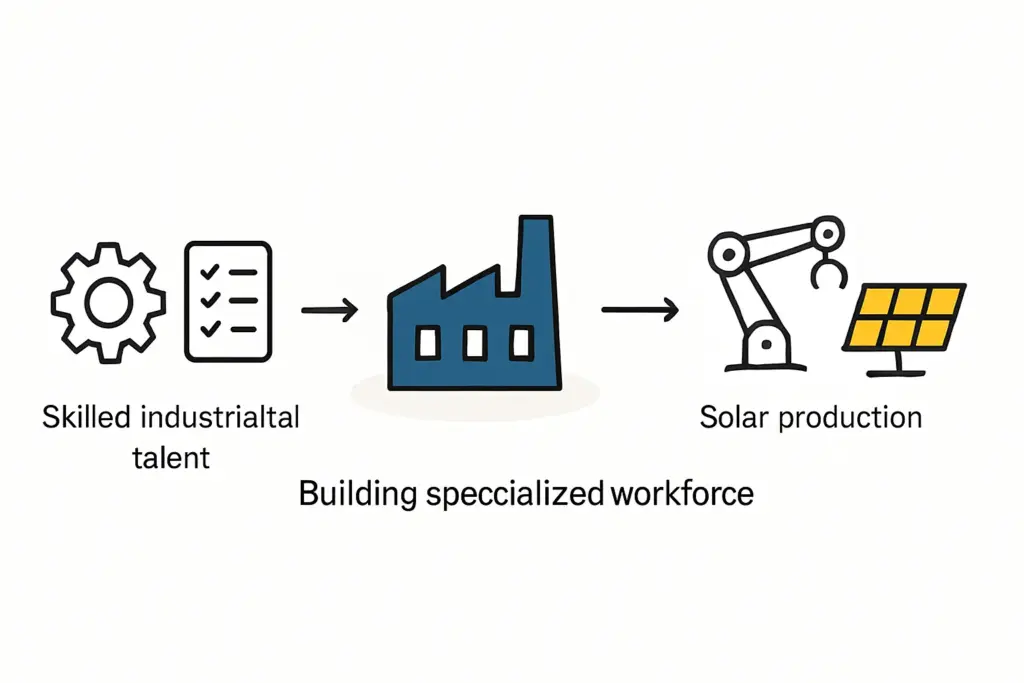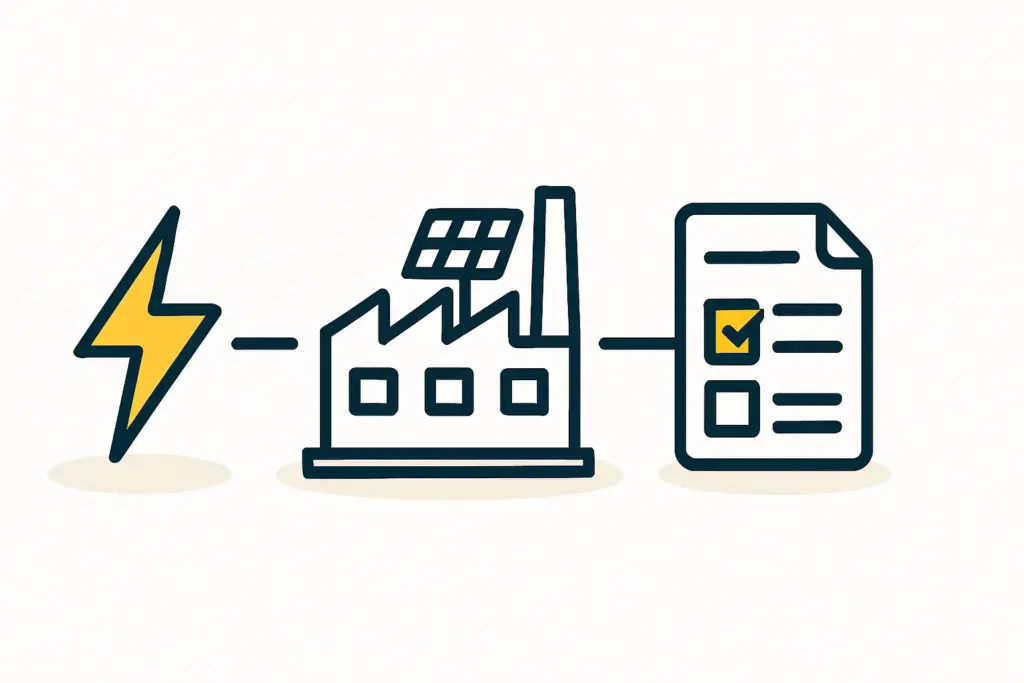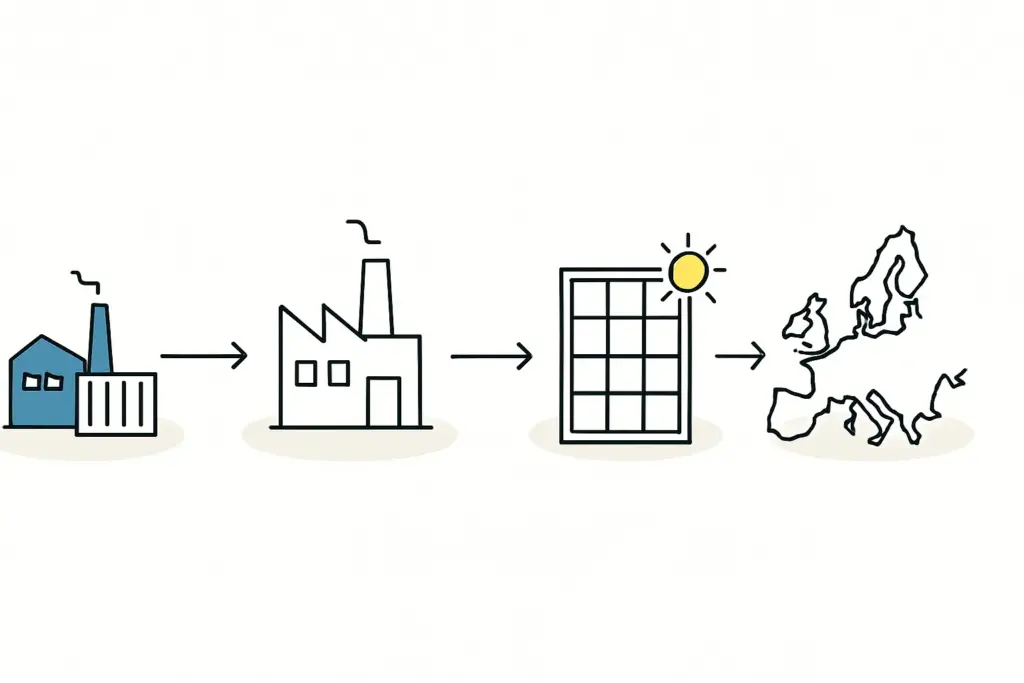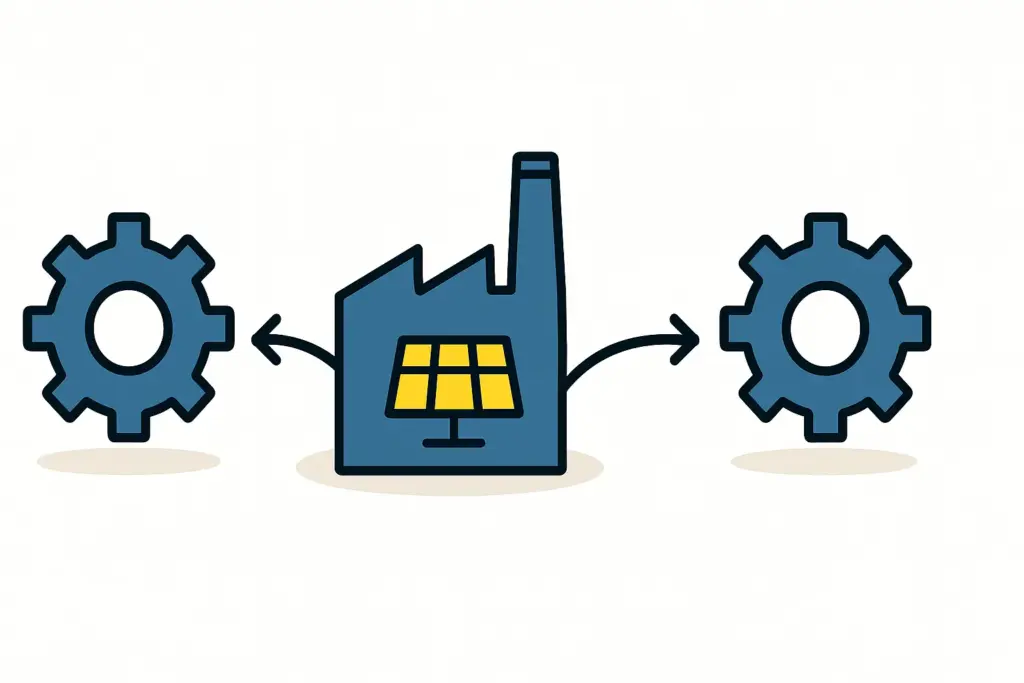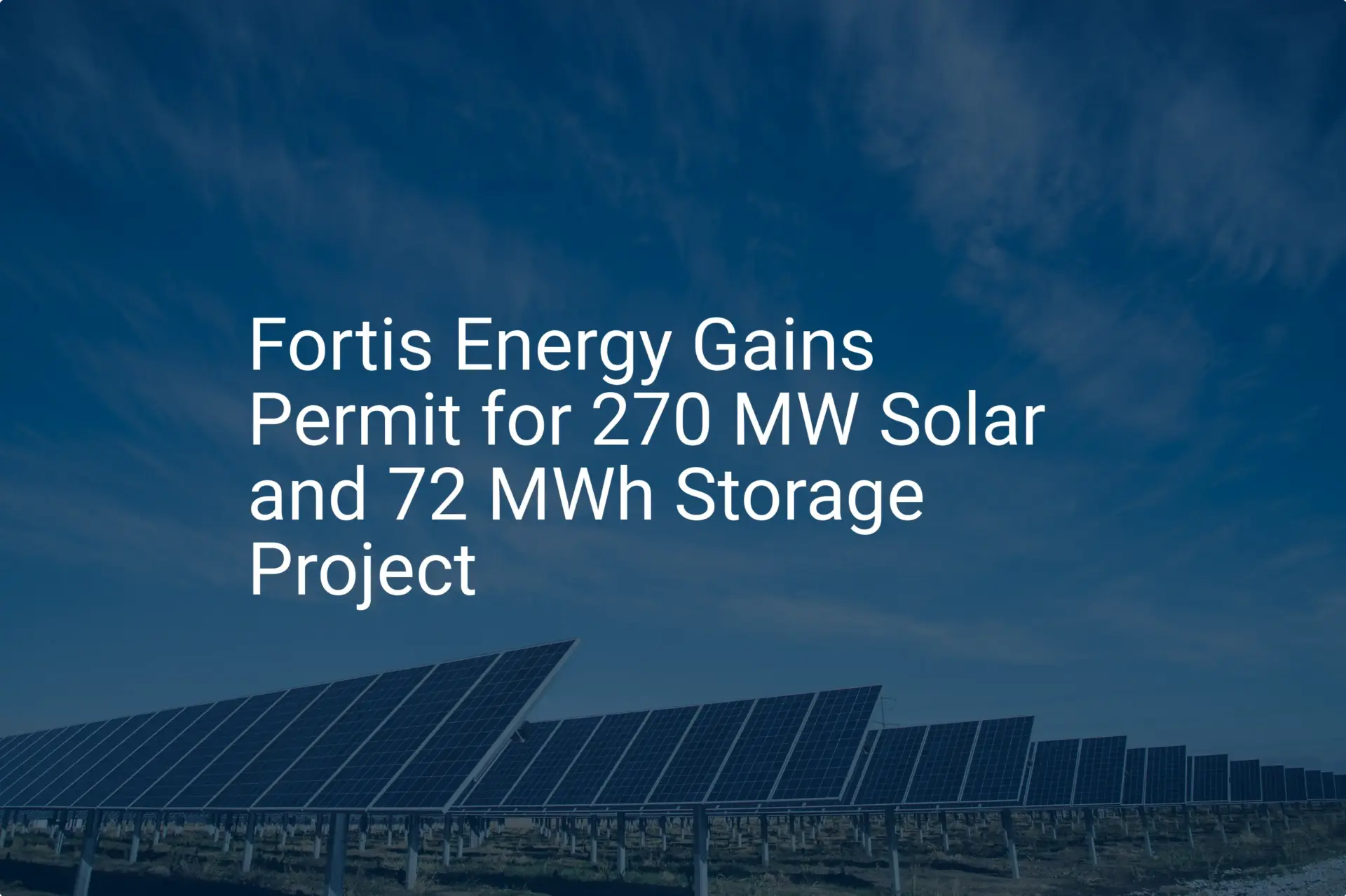Discover comprehensive insights into the statistics, market trends, and growth potential surrounding the solar panel manufacturing industry in Serbia
- Energetski portal (n.d.). Why should we use solar energy at all? Retrieved June 14, 2024, from https://www.energetskiportal.com/renewable-energy/solar-energy/
- Digital Archive of the Serbian Academy of Sciences and Arts (n.d.). Estimation of photovoltaic power generation potential in Serbia based on irradiance, air temperature, and wind speed data. Retrieved June 14, 2024, from https://dais.sanu.ac.rs/handle/123456789/4710
- Country economy portal (2023, December). Serbia – Household electricity prices. Retrieved June 14, 2024, from https://countryeconomy.com/energy-and-environment/electricity-price-household/serbia
- Statista. (2024, June 28). Average monthly electricity wholesale price in Serbia from January 2019 to May 2024. Retrieved June 14, 2024, from https://www.statista.com/statistics/1314558/serbia-monthly-wholesale-electricity-price/
- Advanced Energy Technologies Energy industry in Serbia. (2024, April 23). Republic of Serbia security of supply statement. Retrieved June 14, 2024, from https://www.energy-community.org/dam/jcr:1c39f3a3-a310-43d4-9722-72e852e13381/SoSS_RS_122021.pdf
- Balkan Green Energy News (2024, May 24). Serbia’s new grid connection rules are test for operator, investors. Retrieved June 14, 2024, from https://balkangreenenergynews.com/serbias-new-grid-connection-rules-are-test-for-operator-investors/
- Klima 101 (2024, March 26). If we want 1.7 GW of solar by 2030, we should focus on small power plants, instead of just large solar projects. Retrieved June 14, 2024, from https://klima101.rs/male-solarne-elektrane-srbija/
- Integrated national energy and climate plan of the Republic of Serbia for the period up to 2030 with a vision up to 2050 (2023, December). Retrieved June 14, 2024, from https://www.mre.gov.rs/extfile/sr/3045/NACRT%20INECP%20NAKON%20JAVNIH%20KONSULTACIJA_Serbia_Final_SR%20DECEMBAR%202023.docx
- Danas (2021, March 01). Green kilowatt prices may still be higher than market prices. Retrieved June 14, 2024, from https://www.danas.rs/vesti/ekonomija/cene-zelenih-kilovata-i-dalje-mogu-biti-vece-od-trzisnih/
- Direktno (2024, February 12). We compared the electricity prices of countries in the region with Serbia… Retrieved June 14, 2024, from https://direktno.rs/vesti/drustvo-i-ekonomija/511527/struja-cene-region-srbija.html
- Wikipedia (n.d.). Energy in Serbia. Retrieved June 14, 2024, from https://en.wikipedia.org/wiki/Energy_in_Serbia#Renewable_energy
- Ministry of Mining and Energy (2023, January 17). Despite the energy crisis, a stable supply of electricity and gas. Retrieved June 14, 2024, from https://www.mre.gov.rs/vest/sr/424/uprkos-energetskoj-krizi-stabilno-snabdevanje-strujom-i-gasom-.php
- Bloomberg Adria (2024, May 08). The installed power of all prosumers in Serbia reached 50 megawatts. Retrieved June 14, 2024, from https://rs.bloombergadria.com/ekonomija/srbija/58021/instalisana-snaga-svih-prozjumera-u-srbiji-dostigla-50-megavata/news
- Electro distribution of Serbia (n.d.). Register of prosumers – households. Retrieved June 14, 2024, from https://elektrodistribucija.rs/pdf/DOMACINSTVA.pdf
- Electro distribution of Serbia (n.d.). Register of prosumers – Others. Retrieved June 14, 2024, from https://elektrodistribucija.rs/pdf/OSTALI_KP.pdf
- Electro distribution of Serbia (n.d.). Register of prosumers – power plants. Retrieved June 14, 2024, from https://elektrodistribucija.rs/pdf/ELEKTRANE.pdf
- eKapija (2024, June 26) Over 60 MW of solar power plants installed in Serbia. Retrieved July 2, 2024, from https://www.ekapija.com/en/news/4750212/over-60-mw-of-solar-power-plants-installed-in-serbia
- Repower Project (2020, December 30). Using solar energy is getting easier in Serbia – what you need to know to produce your own electricity. Retrieved June 14, 2024, from https://repower-project.com/index.php/en/info-eng/164-using-solar-energy-is-getting-easier-in-serbia-what-you-need-to-know-to-produce-your-own-electricity
- Energetski portal (n.d.). Prosumers 2 years later. Retrieved June 14, 2024, from https://energetskiportal.rs/prozjumeri-dve-godine-posle/
- Statistical Office of the Republic of Serbia (2024, March). Averages salaries and wages per employee, March 2024. Retrieved June 14, 2024, from https://www.stat.gov.rs/en-us/vesti/statisticalrelease/?p=15139&a=24&s=2403?s=2403
- World salaries (n.d.). Average Salary in Serbia for 2024. Retrieved June 14, 2024, from https://worldsalaries.com/average-salary-in-serbia/
- Worldometer (n.d.). Serbian population. Retrieved June 14, 2024, from https://www.worldometers.info/world-population/serbia-population/
- SEECAP Financial Advisory (n.d.). Agricultural Land In Serbia, Current Prices And Future Trends. Retrieved June 14, 2024, from https://www.seecap.com/en/agroland-prices.html
- EU Energy (2024, May 31). Electricity prices in Serbia. Retrieved June 14, 2024, from https://euenergy.live/country.php?a2=RS
- Water and Sewerage Retrieved (n.d.). Pricelist. June 14, 2024, from https://www.vikns.rs/cenovnik/
- City Expert (2024, June 06). Business premises for rent in Belgrade: prices, locations, and tips for 2024. Retrieved June 14, 2024, from https://cityexpert.rs/blog/en/real-estate-market/business-premises-for-rent-in-belgrade-prices-locations-and-tips-for-2024
- Statista (2024, March). Property Insurance – Serbia. Retrieved June 14, 2024, from https://www.statista.com/outlook/fmo/insurances/non-life-insurances/property-insurance/serbia
- Advanced Energy Technologies Energy industry in Serbia. (2024, April 23). Retrieved June 14, 2024, from https://aenert.com/countries/europe/energy-industry-in-serbia/
- DENA German Energy Agency (2021, October). Factsheet – renewable energy in Serbia. Retrieved June 14, 2024, from https://unece.org/sites/default/files/2022-10/UNECE-REUptake_Factsheet_Serbia_Final.pdf
- Stojković Attorneys (2023, April 07). The Process and Requirements for Building and Operating a Solar Power Plant. Retrieved June 14, 2024, from https://statt.rs/shining-a-light-on-serbias-solar-potential-the-process-and-requirements-for-building-and-operating-a-solar-power-plant/
- Azimut Electric (2023). Subsidies for Solar Panels. Retrieved June 14, 2024, from https://azimut.rs/subvencije/
- Diplomacy & Commerce (2024, June 12). Nofar Energy Constructs the Largest Solar Power Plant in Serbia. Retrieved June 14, 2024, from https://www.diplomacyandcommerce.rs/nofar-energy-constructs-the-largest-solar-power-plant-in-serbia/
- The Government of Republic of Serbia (2024, April 03). Construction of solar power plants important project for Serbia’s energy sector. Retrieved June 14, 2024, from https://www.srbija.gov.rs/vest/en/221068/construction-of-solar-power-plants-important-project-for-serbias-energy-sector.php
- Balkan Green Energy News (2024, April 06). Serbia’s largest solar power plant, 9.9 MW, put into operation. Retrieved June 14, 2024, from https://balkangreenenergynews.com/serbias-largest-solar-power-plant-9-9-mw-put-into-operation/
- Enerdata (2024, January 26). Serbia announces plans to support large-scale energy projects. Retrieved June 14, 2024, from https://www.enerdata.net/publications/daily-energy-news/serbia-announces-plans-support-large-scale-energy-projects.html





